Quirky cabinets frame a curious new collection at Sir John Soane’s museum
A new exhibition at the Sir John Soane’s Museum in London explores the collectable nature of a selection of seemingly obscure contemporary objects within three unique and evocative cabinets designed by architect Mat Barnes
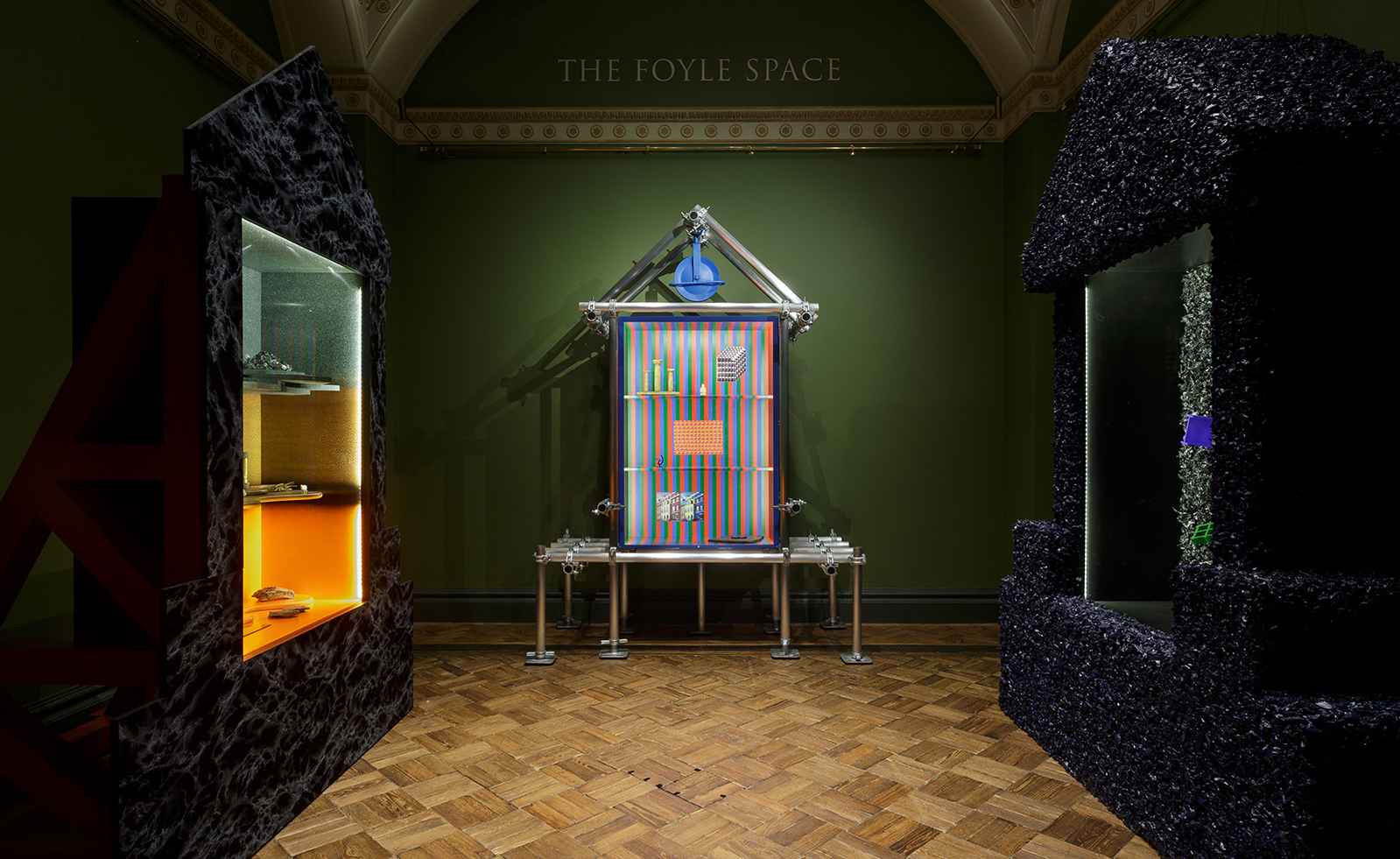
Inspired by British neo-classical architect Sir John Soane’s eccentric approach to collecting, London based architect Mat Barnes and contemporary artist Harry Lawson have collaborated on a quirky commission for the John Soane’s Museum. Exploring the ‘relationship between architecture, objects and time’ the pair have designed and curated three cabinets filled with obscure contemporary objects.
Architect Barnes, who founded his studio CAN in 2016, designed the cabinets for the exhibition as vessels of expression in themselves, just like Soane’s characterful house punctured by lightwells and bespoke adaptations across three terraced houses. The museum is a life-sized cabinet in itself packed with a veritable feast of sculptures, paintings and busts.
The first cabinet is a façade, the second a scaffold, the third a tomb representing the three concepts of the cabinets (All that was; All that is; and All that could have been). Each is a testbed for materials, aesthetics and techniques – from a cheap crackled paint surface, to beautifully buffed scaffolding pipes, or recycled car tyre chippings set in flexible resin and painted matte blue on the outside and black gloss glitter inside. Believe it or not, Barnes is using the latter technique in his house extension too.
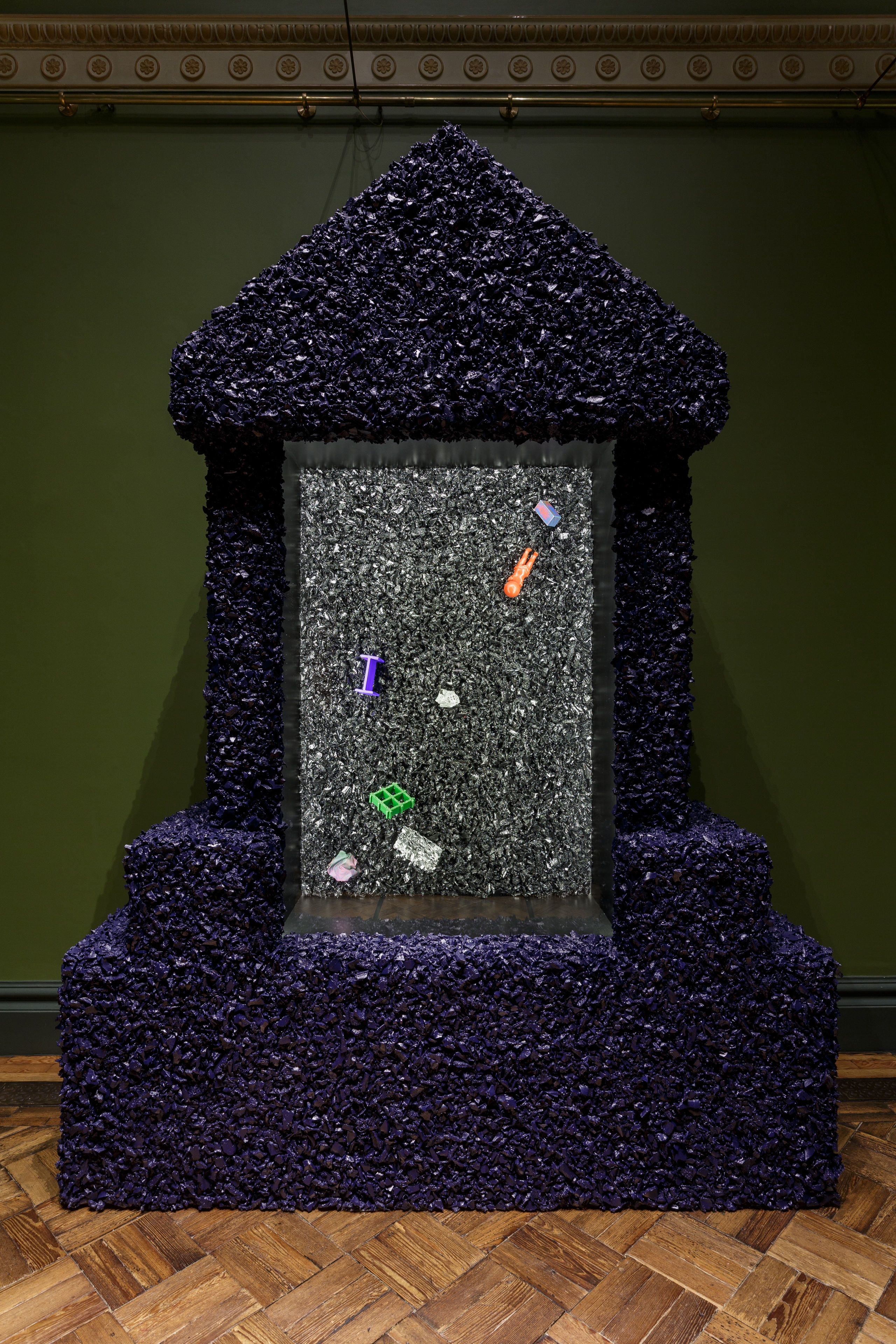
The three cabinets display redundant objects of the past, obscure representations of the present and totems of an unrealised future. Barnes and Lawson sourced some of the curious keepsakes from their own personal collections – top-drawer treasures found, pocketed, forgotten and preserved. While some objects are borrowed from the Soane collection.
You’ll find a set of false teeth, a World Trade Center group admission ticket stub, a fragment from the Soane Ante-Room skylight removed in 1991, a Casascius Bitcoin, a spray-painted softwood block and a model of three cork columns available to purchase at the Soane Museum shop.
In our eagerly streamlining digital world, data storage seems infinite whereas our homes are only getting smaller. There’s humour and a powerful nostalgia in this collection of contemporary objects, archiving into history at a quickening pace.
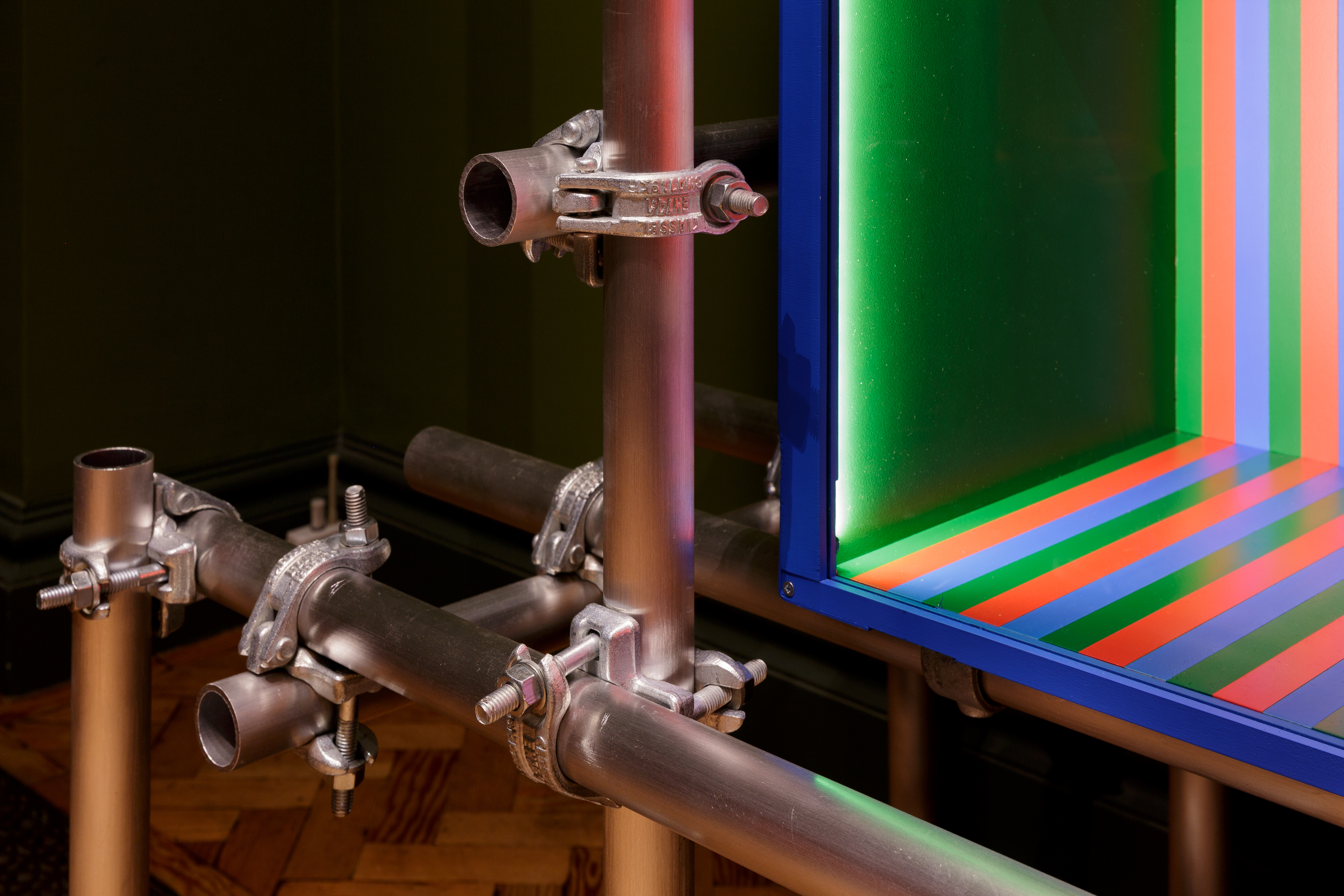
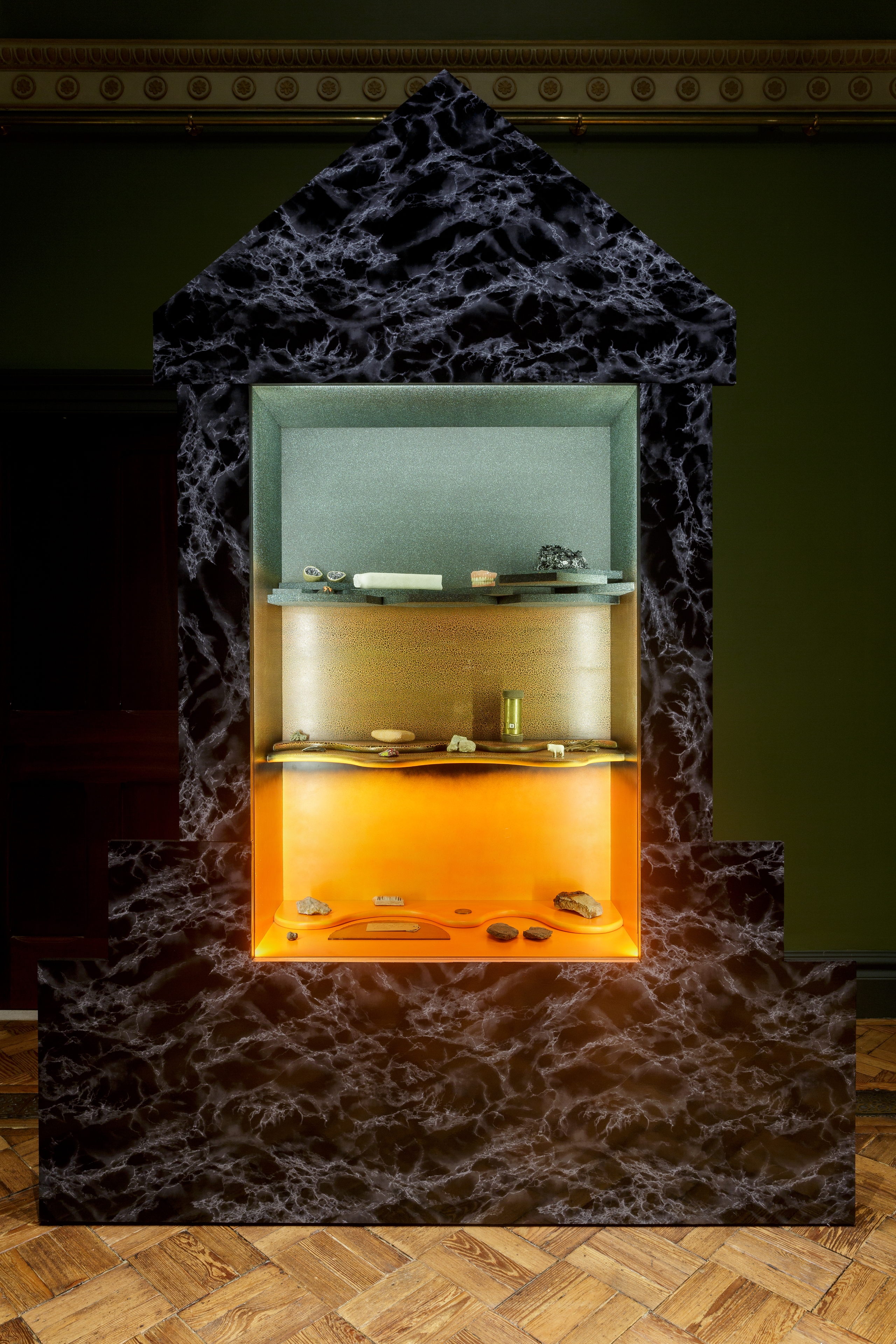
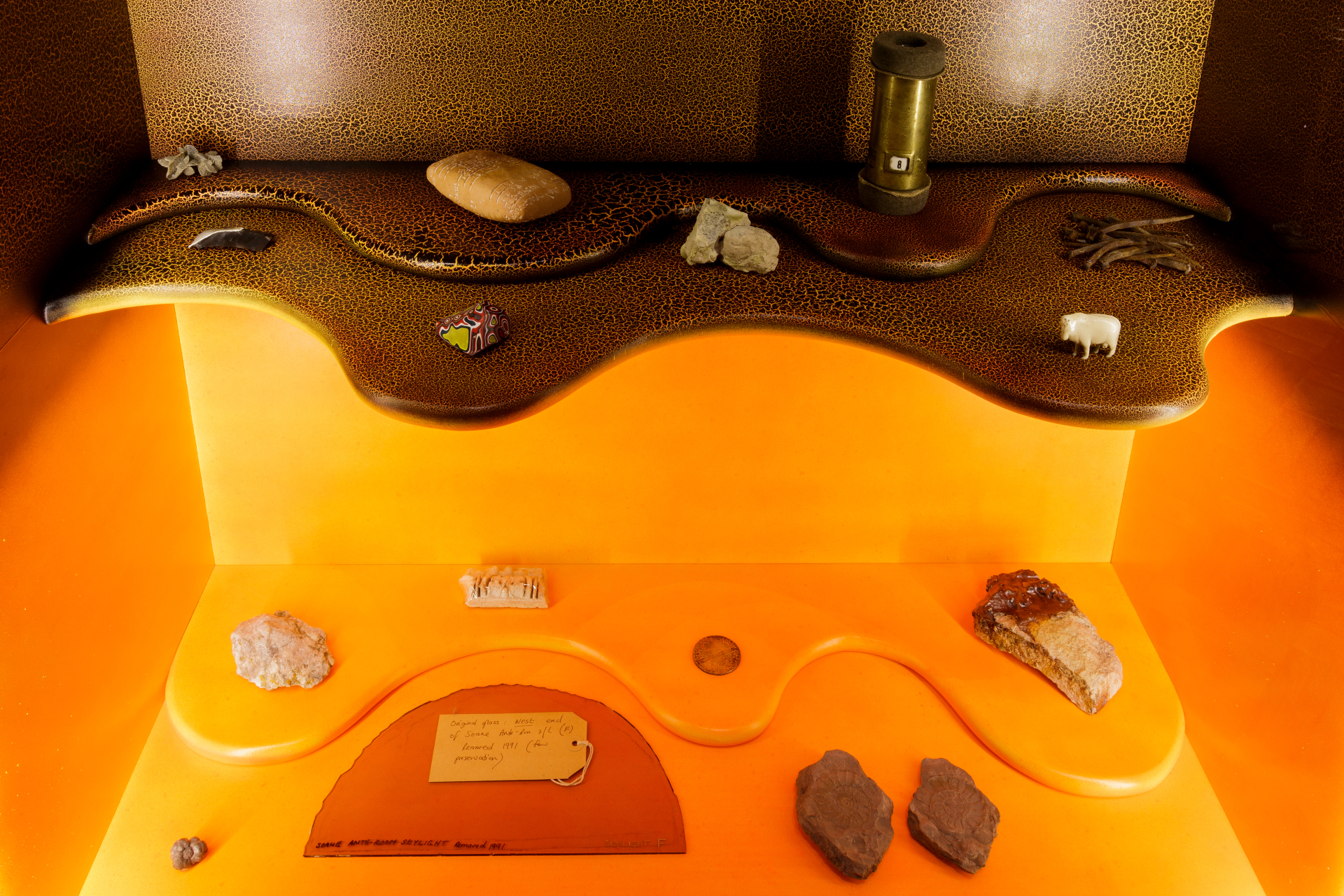
INFORMATION
‘All that could have been: a project by CAN and Harry Lawson’, at Sir John Soane’s Museum; 16 January – 16 February 2020
soane.org
can-site.co.uk
harrylawson.co.uk
ADDRESS
Receive our daily digest of inspiration, escapism and design stories from around the world direct to your inbox.
Sir John Soane’s Museum
13 Lincoln's Inn Fields
Holborn
London
WC2A 3BP
Harriet Thorpe is a writer, journalist and editor covering architecture, design and culture, with particular interest in sustainability, 20th-century architecture and community. After studying History of Art at the School of Oriental and African Studies (SOAS) and Journalism at City University in London, she developed her interest in architecture working at Wallpaper* magazine and today contributes to Wallpaper*, The World of Interiors and Icon magazine, amongst other titles. She is author of The Sustainable City (2022, Hoxton Mini Press), a book about sustainable architecture in London, and the Modern Cambridge Map (2023, Blue Crow Media), a map of 20th-century architecture in Cambridge, the city where she grew up.
-
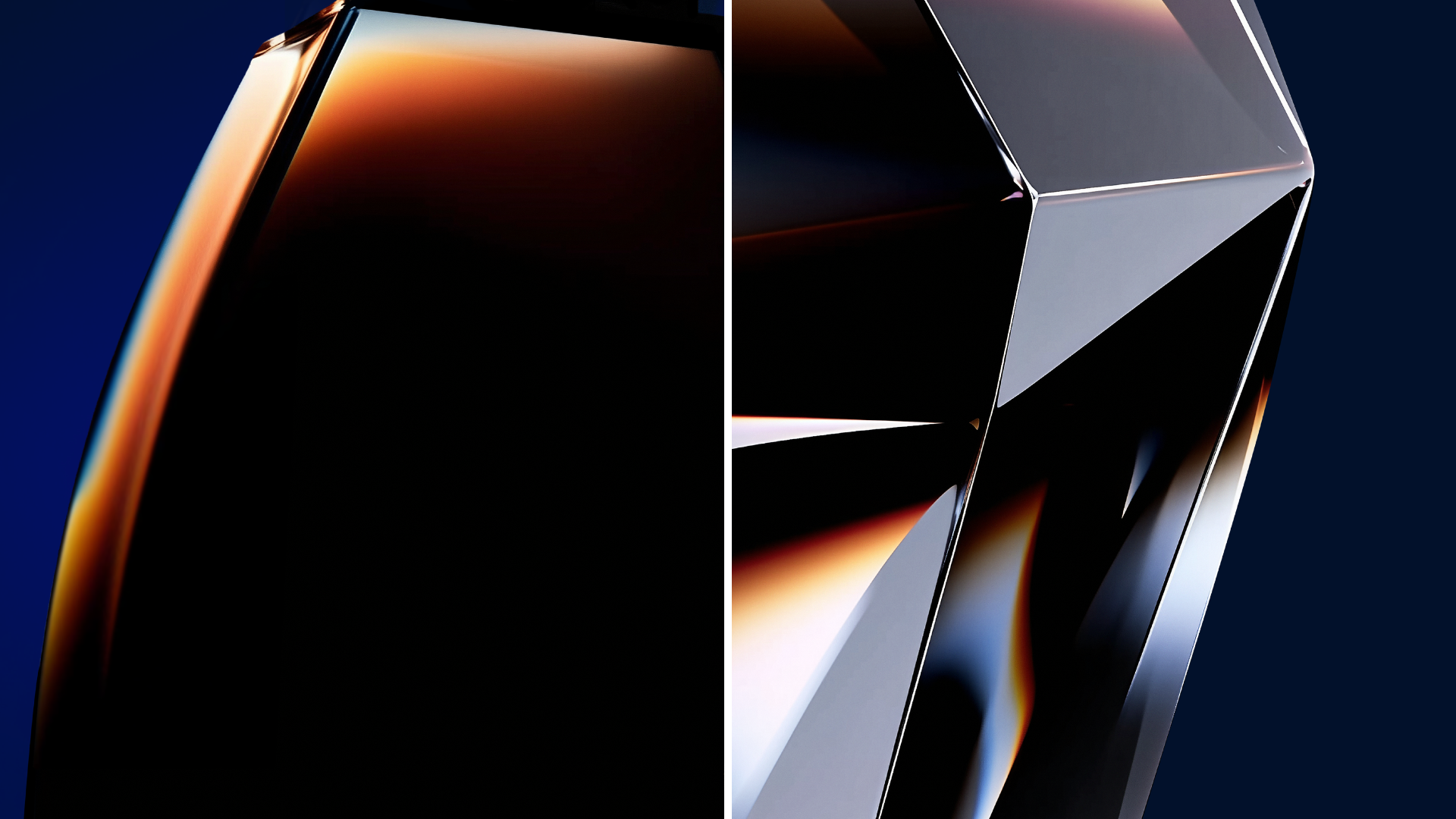 Martell’s high-tech new cognac bottle design takes cues from Swiss watch-making and high-end electronics
Martell’s high-tech new cognac bottle design takes cues from Swiss watch-making and high-end electronicsUnconventional inspirations for a heritage cognac, perhaps, but Martell is looking to the future with its sharp-edged, feather-light, crystal-clear new design
-
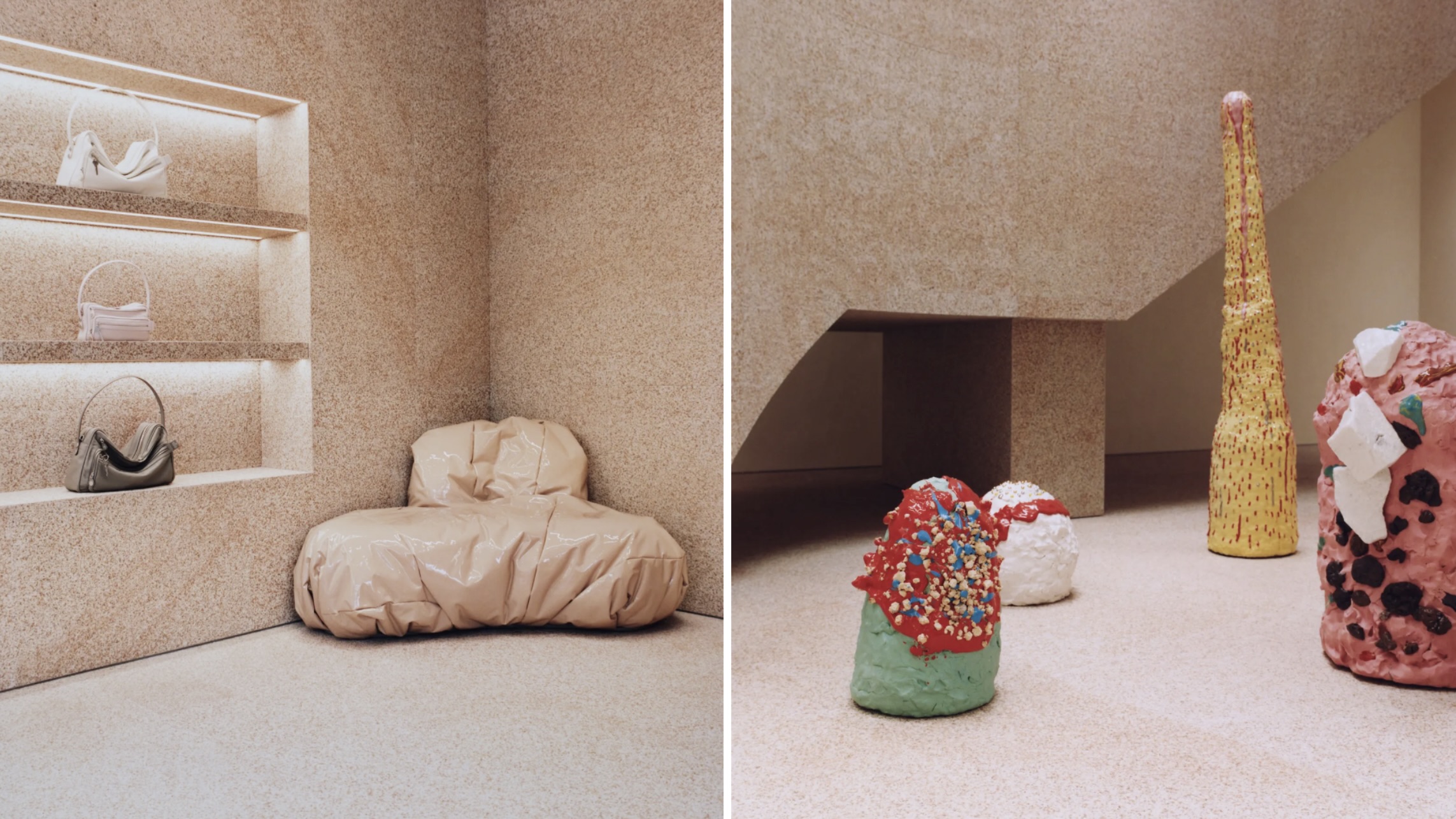 In 2025, fashion retail had a renaissance. Here’s our favourite store designs of the year
In 2025, fashion retail had a renaissance. Here’s our favourite store designs of the year2025 was the year that fashion stores ceased to be just about fashion. Through a series of meticulously designed – and innovative – boutiques, brands invited customers to immerse themselves in their aesthetic worlds. Here are some of the best
-
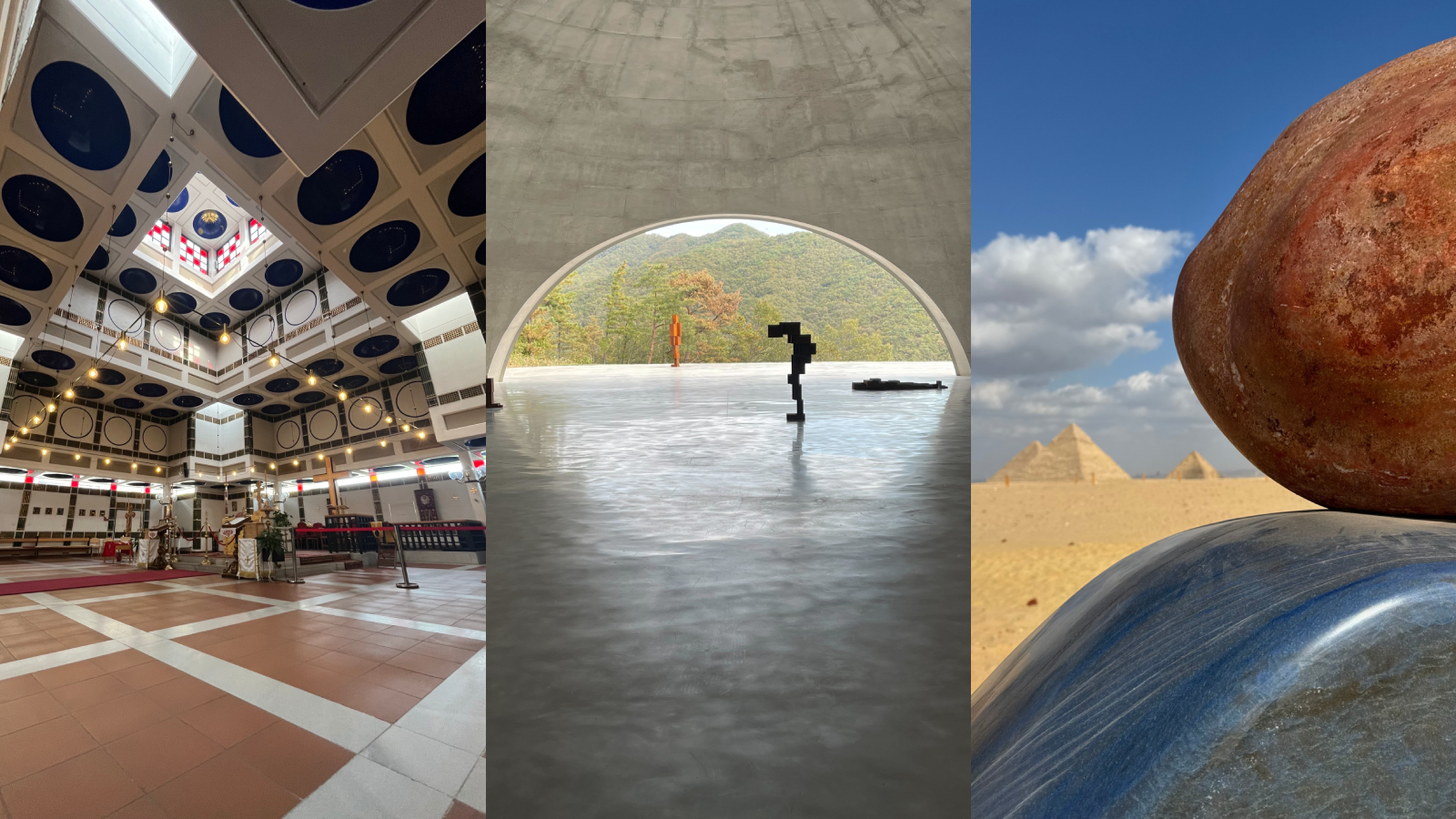 The Wallpaper* team’s travel highlights of the year
The Wallpaper* team’s travel highlights of the yearA year of travel distilled. Discover the destinations that inspired our editors on and off assignment
-
 Arbour House is a north London home that lies low but punches high
Arbour House is a north London home that lies low but punches highArbour House by Andrei Saltykov is a low-lying Crouch End home with a striking roof structure that sets it apart
-
 A former agricultural building is transformed into a minimal rural home by Bindloss Dawes
A former agricultural building is transformed into a minimal rural home by Bindloss DawesZero-carbon design meets adaptive re-use in the Tractor Shed, a stripped-back house in a country village by Somerset architects Bindloss Dawes
-
 RIBA House of the Year 2025 is a ‘rare mixture of sensitivity and boldness’
RIBA House of the Year 2025 is a ‘rare mixture of sensitivity and boldness’Topping the list of seven shortlisted homes, Izat Arundell’s Hebridean self-build – named Caochan na Creige – is announced as the RIBA House of the Year 2025
-
 In addition to brutalist buildings, Alison Smithson designed some of the most creative Christmas cards we've seen
In addition to brutalist buildings, Alison Smithson designed some of the most creative Christmas cards we've seenThe architect’s collection of season’s greetings is on show at the Roca London Gallery, just in time for the holidays
-
 In South Wales, a remote coastal farmhouse flaunts its modern revamp, primed for hosting
In South Wales, a remote coastal farmhouse flaunts its modern revamp, primed for hostingA farmhouse perched on the Gower Peninsula, Delfyd Farm reveals its ground-floor refresh by architecture studio Rural Office, which created a cosy home with breathtaking views
-
 A revived public space in Aberdeen is named Scotland’s building of the year
A revived public space in Aberdeen is named Scotland’s building of the yearAberdeen's Union Terrace Gardens by Stallan-Brand Architecture + Design and LDA Design wins the 2025 Andrew Doolan Best Building in Scotland Award
-
 The Architecture Edit: Wallpaper’s houses of the month
The Architecture Edit: Wallpaper’s houses of the monthFrom wineries-turned-music studios to fire-resistant holiday homes, these are the properties that have most impressed the Wallpaper* editors this month
-
 A refreshed 1950s apartment in East London allows for moments of discovery
A refreshed 1950s apartment in East London allows for moments of discoveryWith this 1950s apartment redesign, London-based architects Studio Naama wanted to create a residence which reflects the fun and individual nature of the clients